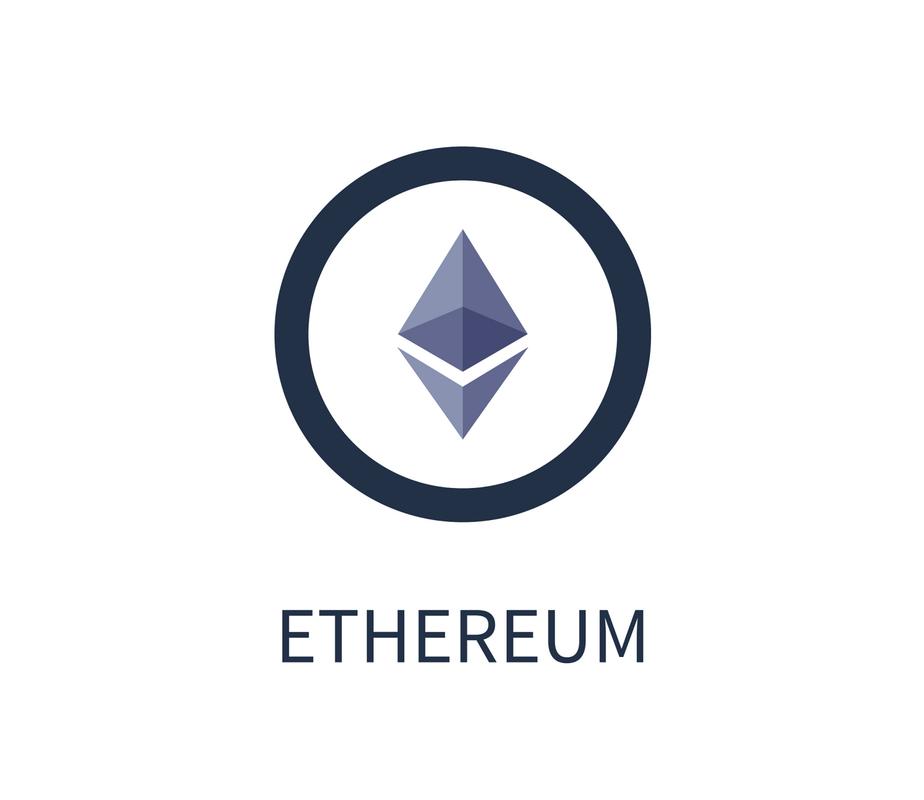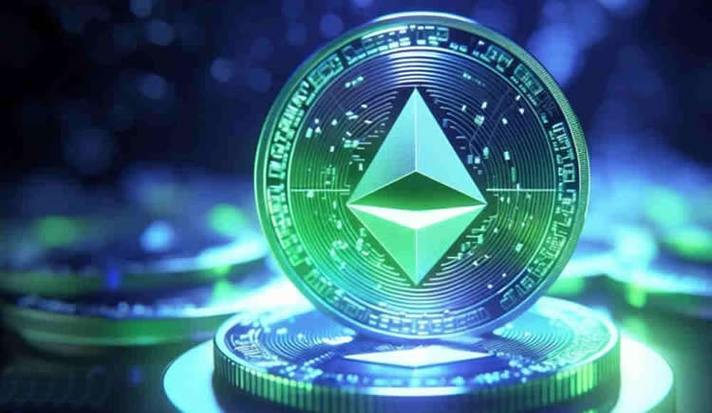
All Eth Tokens: A Comprehensive Guide
When it comes to the Ethereum ecosystem, the term “Eth tokens” encompasses a vast array of digital assets that have been built on top of the Ethereum blockchain. These tokens serve various purposes, from utility tokens that provide access to services to governance tokens that allow holders to participate in the decision-making process of a project. In this article, we will delve into the different types of Eth tokens, their functionalities, and how they contribute to the Ethereum network.
Understanding Eth Tokens
Before we dive into the specifics, let’s clarify what an Eth token is. An Eth token is a digital asset that is built on the Ethereum blockchain using the ERC-20 or ERC-721 standards. These tokens can represent a variety of things, such as ownership, access, or governance rights.

ERC-20 tokens are the most common type of Eth tokens and are used for fungible assets, meaning that each token is identical to every other token. Examples of ERC-20 tokens include popular cryptocurrencies like Basic Attention Token (BAT) and Chainlink (LINK). On the other hand, ERC-721 tokens are used for non-fungible assets, which are unique and cannot be exchanged on a one-to-one basis. Examples of ERC-721 tokens include digital collectibles like CryptoKitties and Bored Ape Yacht Club (BAYC) NFTs.
Types of Eth Tokens
Now that we have a basic understanding of Eth tokens, let’s explore the different types and their functionalities.
Utility Tokens
Utility tokens are designed to provide access to a service or product within a specific ecosystem. These tokens are often used as a medium of exchange, allowing users to pay for goods and services within the ecosystem. Here are some key points about utility tokens:
-
They are fungible, meaning that each token is identical to every other token.

-
They are used to access services or products within a specific ecosystem.
-
They can be used to pay for goods and services within the ecosystem.
Examples of utility tokens include:
| Token | Functionality |
|---|---|
| Basic Attention Token (BAT) | Used to reward users for engaging with digital content and to pay publishers for their work. |
| Chainlink (LINK) | Facilitates the connection of smart contracts to real-world data. |
| Uniswap (UNI) | Enables decentralized trading of ERC-20 tokens. |
Security Tokens
Security tokens are designed to represent ownership or investment rights in a company or asset. These tokens are subject to regulatory requirements and are often used in initial coin offerings (ICOs) or security token offerings (STOs). Here are some key points about security tokens:
-
They are often used in ICOs or STOs.
-
They represent ownership or investment rights in a company or asset.
-
They are subject to regulatory requirements.
Examples of security tokens include:
| Token | Functionality |
|---|---|
| Decentraland (MANA) | Used to purchase land and virtual goods within the Decentraland virtual world. |
| Enjin Coin (ENJ) | Used to create, trade, and manage digital assets within the Enjin platform. |
Stablecoins
Stablecoins are designed to maintain a stable value relative to a fiat currency or a basket of assets. They are often used as a medium of exchange or a store of value within the Ethereum ecosystem. Here are some key points about stablecoins:
-
They maintain a stable value relative to a fiat currency or a basket of assets.
-
They




